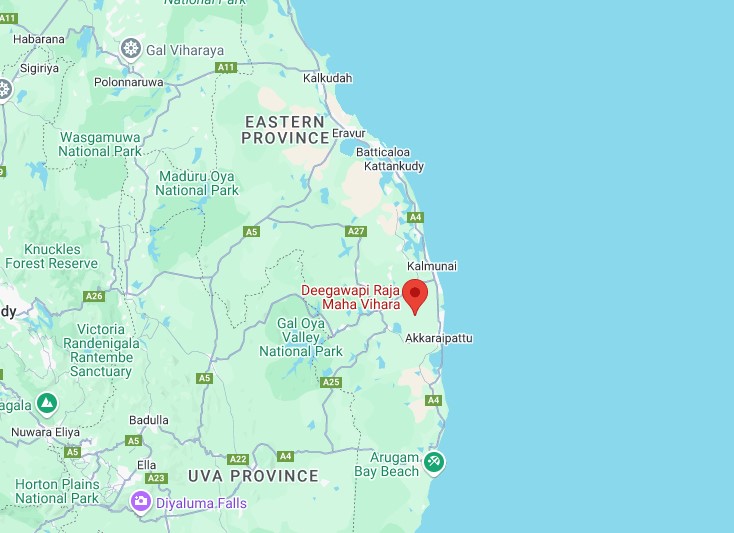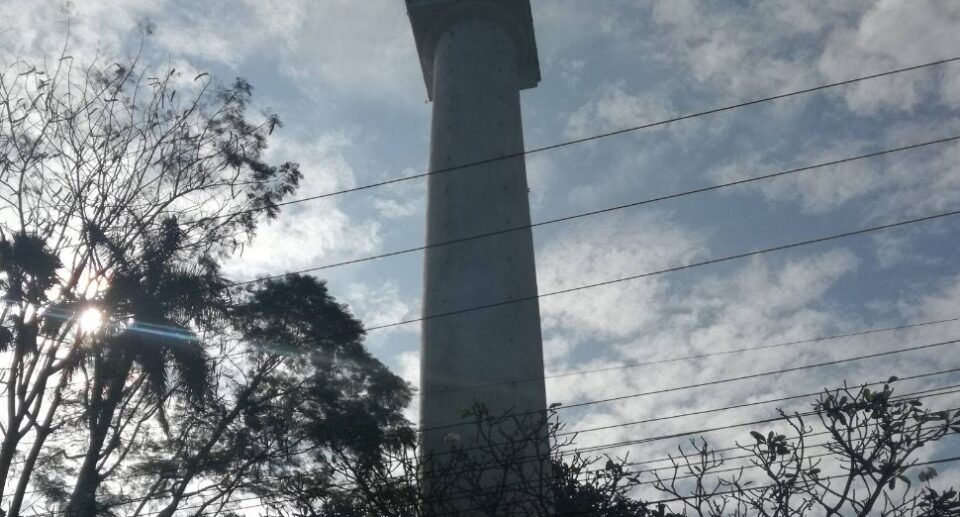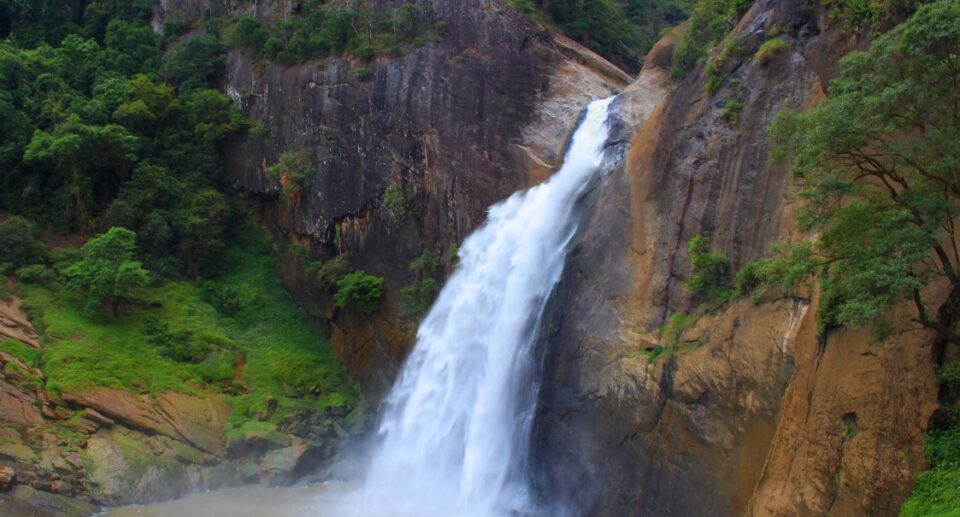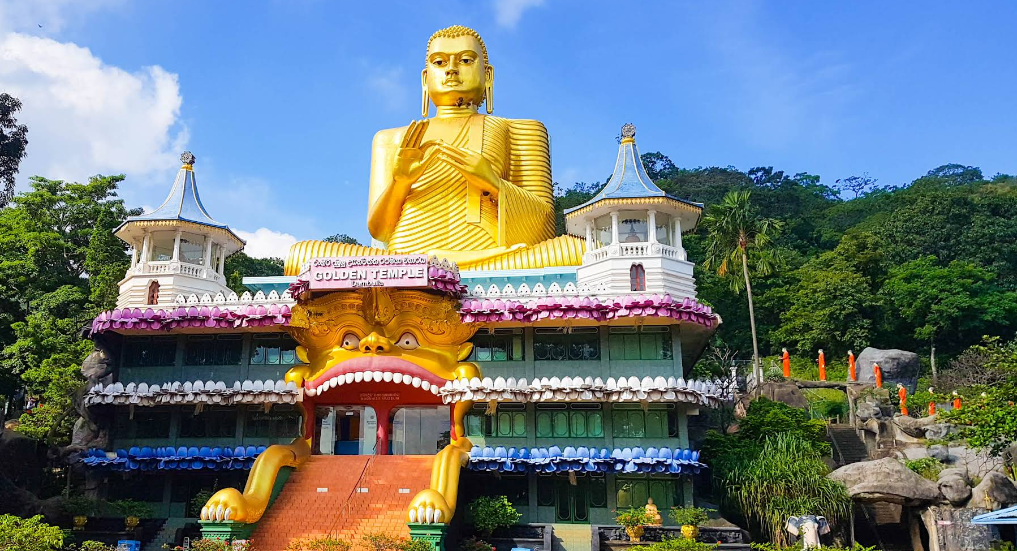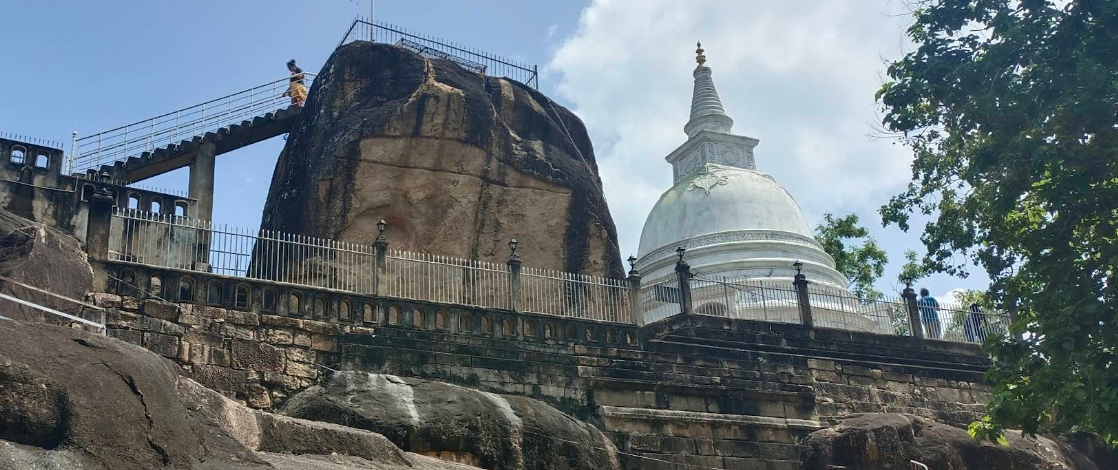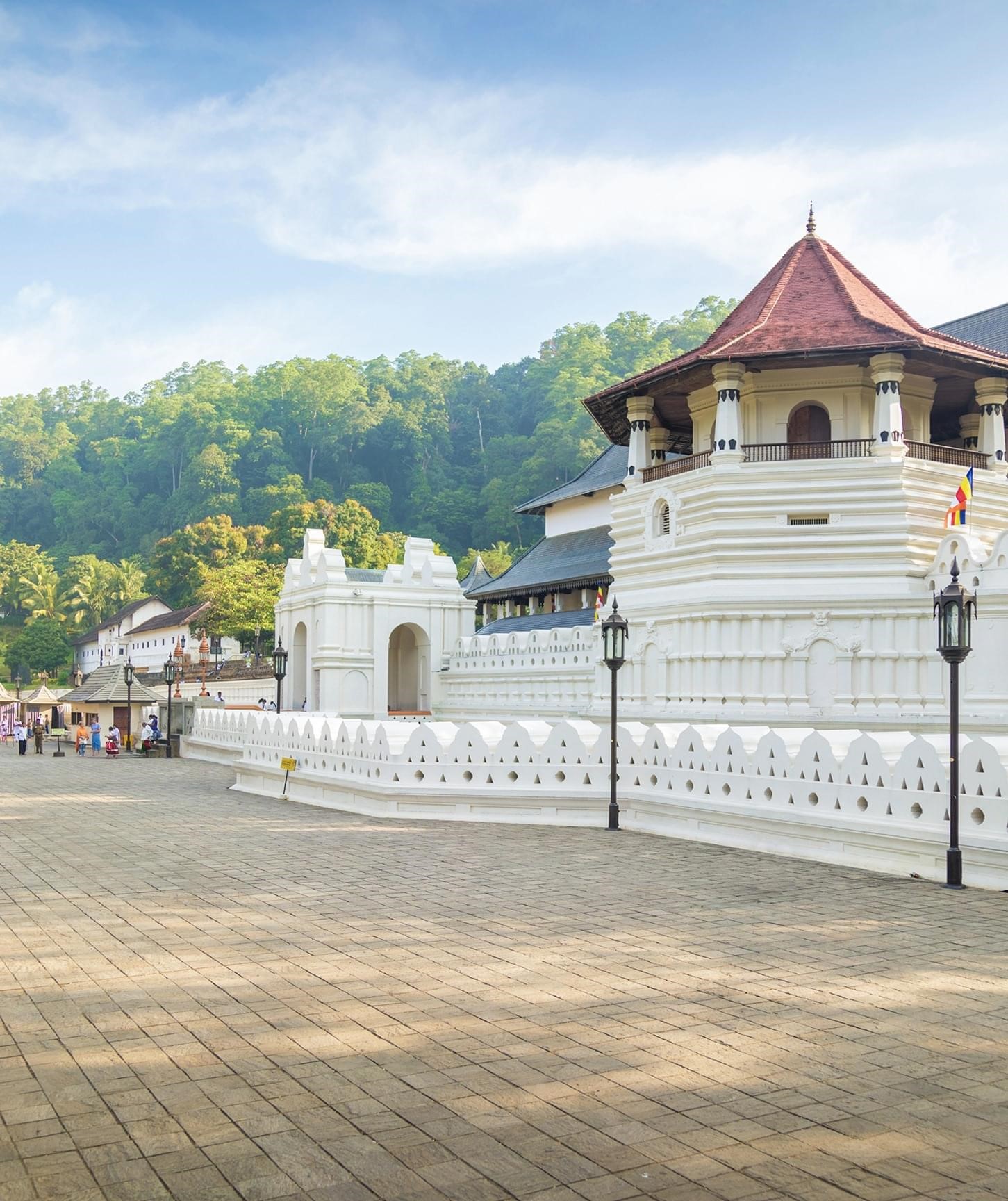Deegawapi Raja Maha Vihara: A Sacred Journey Through Time
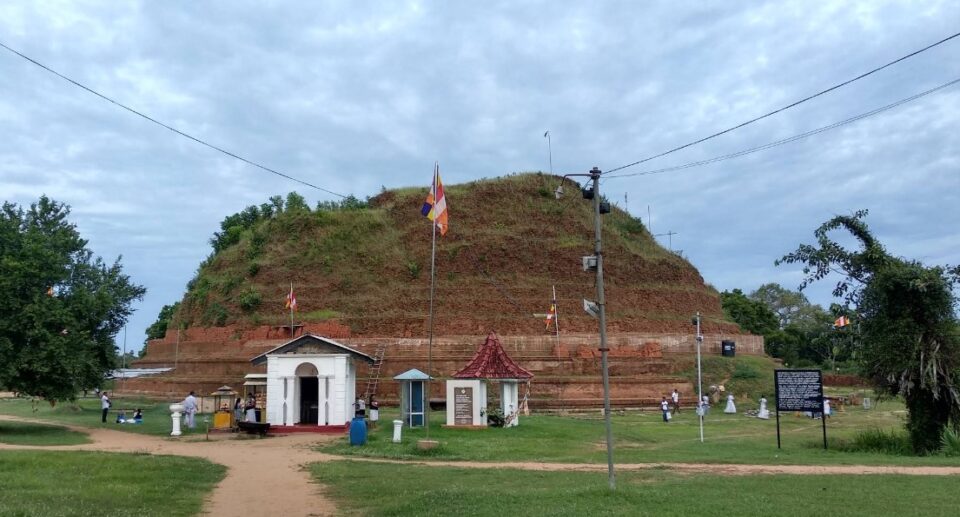
Located in Sri Lanka’s Eastern Province, the Deegavapi Rajamaha Viharaya is one of the island nation’s most hallowed and historically important Buddhist temples. Renowned for its link to ancient Buddhist heritage and royal patronage, Deegavapi has been a revered site in Sri Lanka’s spiritual, cultural, and archaeological heritage for centuries. Although less visited than the other famous sites in the Cultural Triangle, Deegavapi’s heritage is rooted deeply in the nation’s Buddhist heritage.
Historical Background
Deegavapi Rajamaha Viharaya dates back to the 3rd century BCE, during the reign of King Saddhatissa, brother of the famous King Dutugemunu. The location is believed to be even older than this, dating back to the time of the Buddha himself. According to the ancient texts like the Mahavamsa and Thupavamsa, Lord Buddha arrived in the region during his third and final visit to Sri Lanka. He is said to have sat in contemplation in the exact location where the current Deegavapi stupa is. The event elevated the site to a sacred Buddhist shrine.
The name “Deegavapi” is derived from the name “Deega” which is “long” and “Vapi” meaning “pond” or “tank” and is a mention of the large reservoir built in the area for agricultural and religious purposes. The temple complex is purported to have been built to commemorate the visit of the Buddha and was later enlarged and maintained by other kings.
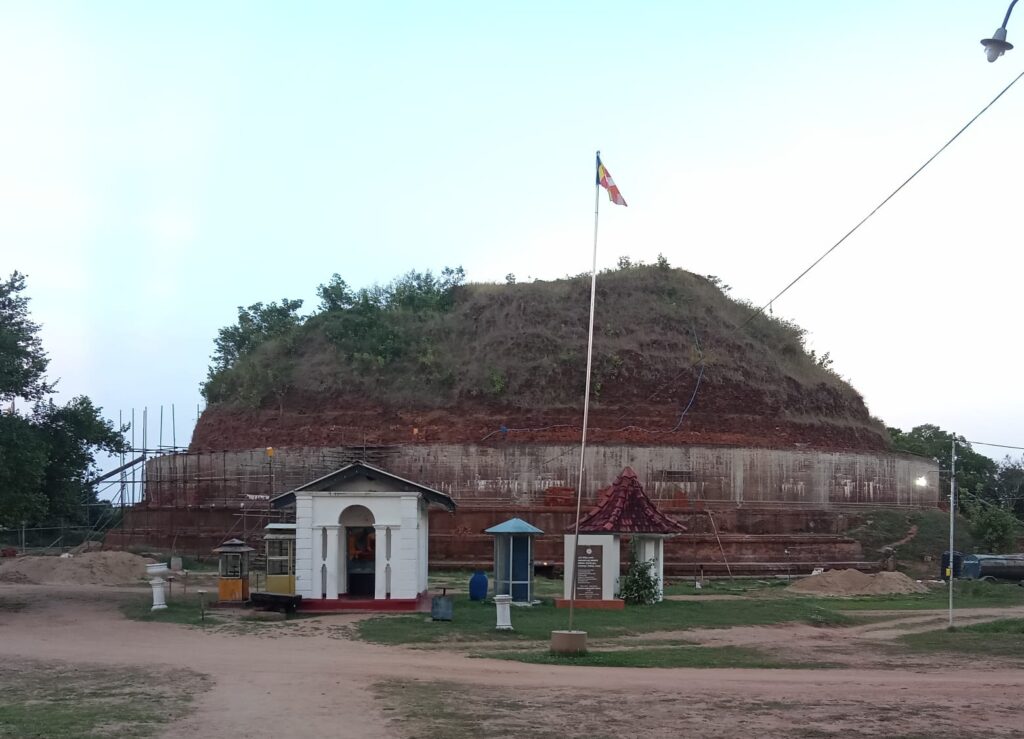
Religious and Cultural Significance
Deegavapi Rajamaha Viharaya stands out from Sri Lankan Buddhist temples due to its connection to the Buddha. That the Enlightened One meditated at the site gives it a sanctity enjoyed by very few other places. It is one of the Solosmasthana, the 16 sacred sites the Buddha visited during his travels to Sri Lanka, and as such, it is sacred to Buddhists.
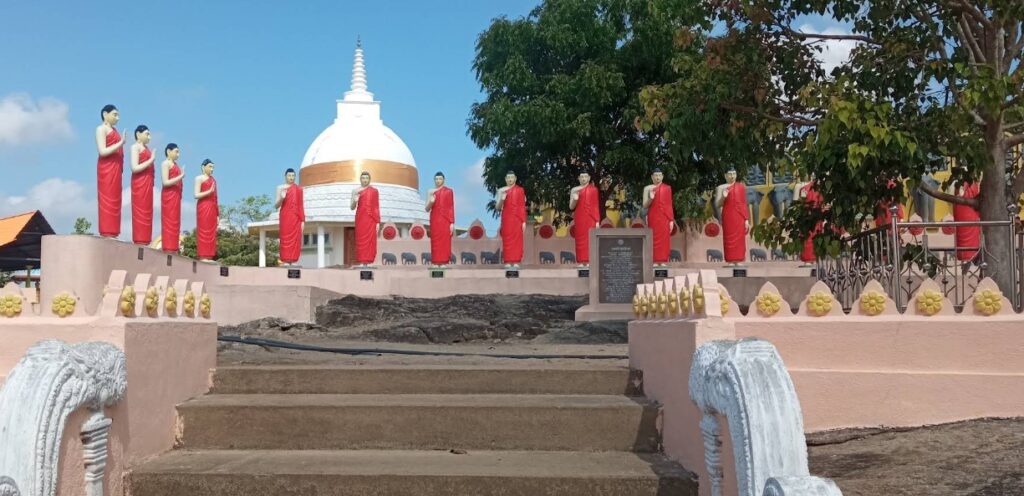
The temple was equally an essential place of worship during the periods of Anuradhapura and Polonnaruwa, serving not only as a religious hub but also as a monastic and learning institution. Literature and archaeological records discuss the presence of a large monastic community in Deegavapi, where they practiced religious rituals, learning, and copying Buddhist scriptures.
Another important historical point is that Deegavapi also served as a sanctuary for the Sinhala people and Buddhist monks during foreign invasions, namely when the central kingdoms were threatened by South Indian invaders. This protective role even helped serve to underscore its importance in national religious awareness.

Architecture and Archaeological Value
The temple complex’s central focus is the Deegavapi Stupa, a formidable and massive stupa believed to hold sacred remains of the Buddha. Although destroyed partially, the stupa is still standing in its ancient pride and under ongoing restoration. The stupa, or so myth has it, was originally constructed over the precise spot where the Buddha meditated.
The stupa is built in early Anuradhapura traditional architecture, with the simple hemispherical dome, square platform, and central relic chamber. The plan is unusual in its symmetry and spiritual symbolism, which parallels the Buddhist road to enlightenment.
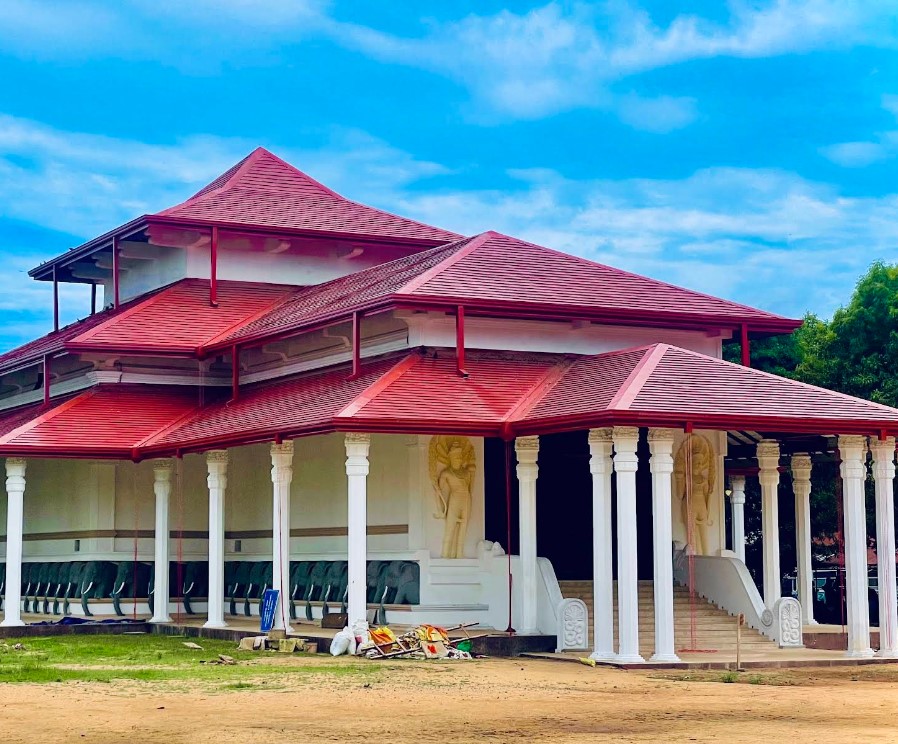
Surrounding the central stupa are the ruins of monastic buildings, image houses, meditation platforms, and stone inscriptions. The ruins are a testament to the existence of a vibrant monastic community that was once present at Deegavapi. The ruins also include stone Buddha statues, guard stones, and moonstones, all of which testify to the skill and artistry of ancient Sri Lankan architects.
Archaeological digs in the 21st century and the 20th century have made available a wealth of information on the temple’s structure and significance. These studies have been immensely helpful to research the regional history of Eastern Sri Lanka and the expansion of Buddhism beyond the central heartland.
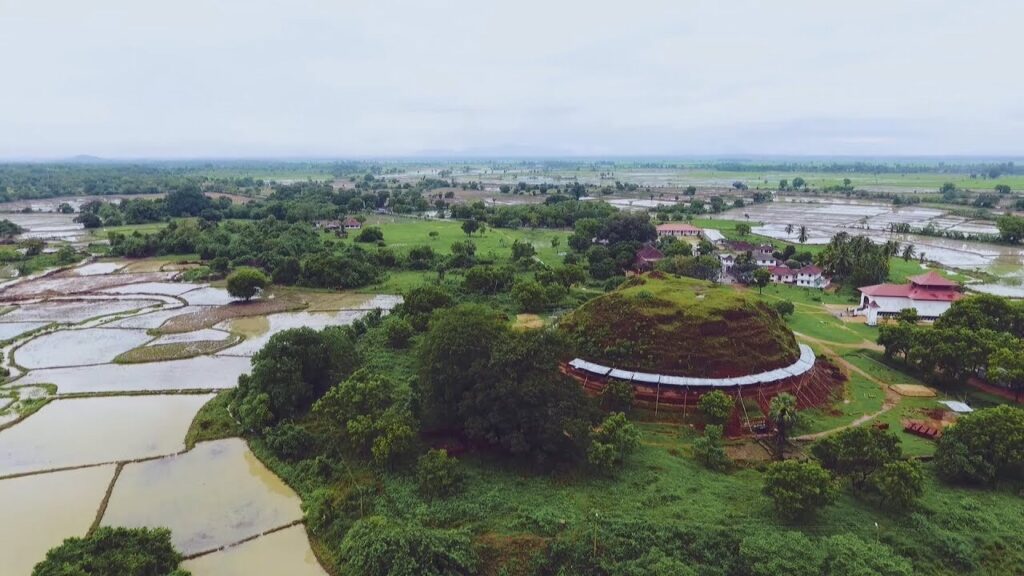
Deegavapi Tank
One of the distinctive aspects of the Deegavapi area is the Deegavapi Wewa, which is one of the larger irrigation tanks constructed to provide water for agriculture and monastic needs. Like most of the ancient tanks in Sri Lanka, it showcases the craftsmanship of ancient hydraulic engineering. The tank not only supported the local settlements and monasteries but also contributed to the self-sufficiency of the religious order.
The tank remains functional to this day and still provides water to farmers in the area, bridging ancient engineering with modern convenience.
Challenges and Restoration Efforts
Over the centuries, Deegavapi Rajamaha Viharaya was relatively neglected, especially during colonial domination and during years of internal strife. Because the temple grounds were in Sri Lanka’s Eastern Province, which experienced prolonged periods of ethnic strife and turmoil during the Sri Lankan Civil War, deterioration had happened to the grounds and pilgrim access for most of a half-century.
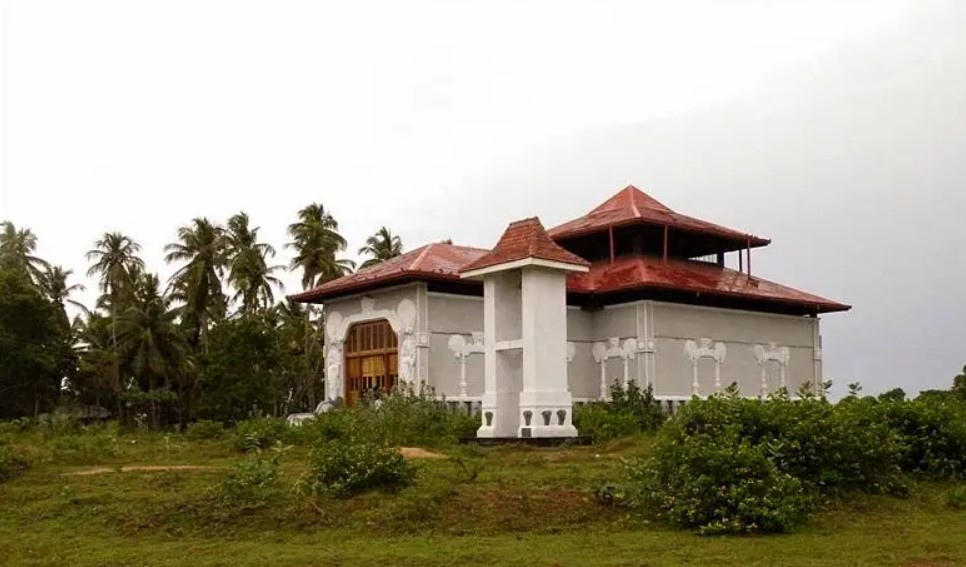
However, in recent years, there has been a new national effort to reinstate Deegavapi to its former status. The Department of Archaeology and the Central Cultural Fund have been responsible for large-scale restoration works. These have involved:
The reconstruction of the stupa using original bricks alongside new materials designed to reproduce early methods.
Conservation and documentation of stone inscriptions and ruins. Enhancing infrastructure to support pilgrimages and tourism while maintaining the sacredness of the site.
The Deegavapi Development Project, which has been undertaken by the Sri Lankan government, has also gained the support of local communities as well as international donors. Restoration is not just considered a cultural revival but also an attempt towards national reconciliation as the temple lies in a multi-ethnic region with Sinhalese, Tamil, and Muslim populations.
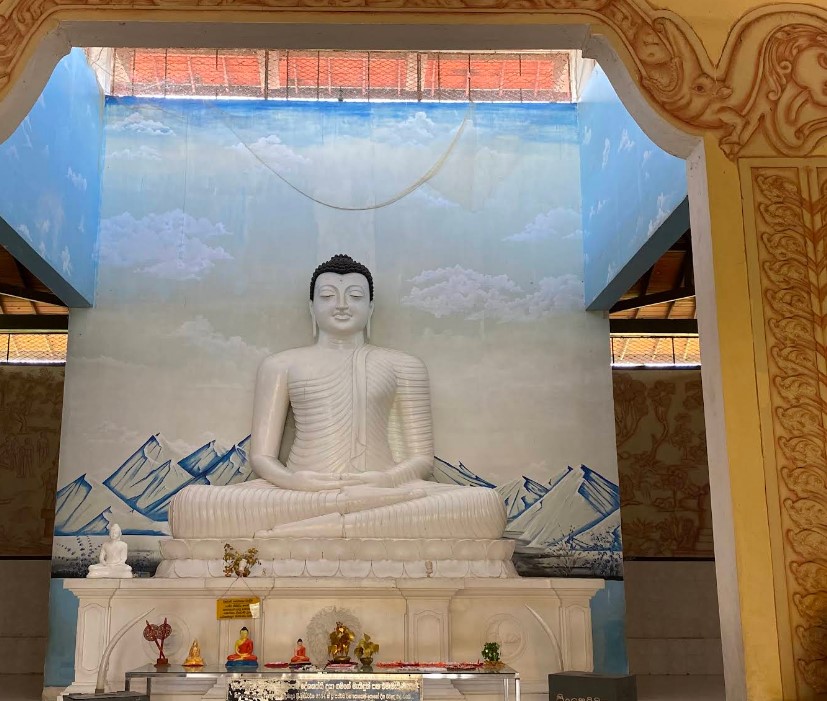
Pilgrimage and Modern Importance
Deegavapi Rajamaha Viharaya is reasserting its place on Sri Lanka’s religious and cultural scene today. While it still attracts fewer tourists than such better-known locations as Anuradhapura or Polonnaruwa, the temple is becoming steadily more popular with local pilgrims, especially during Buddhist celebrations such as Vesak and Poson.
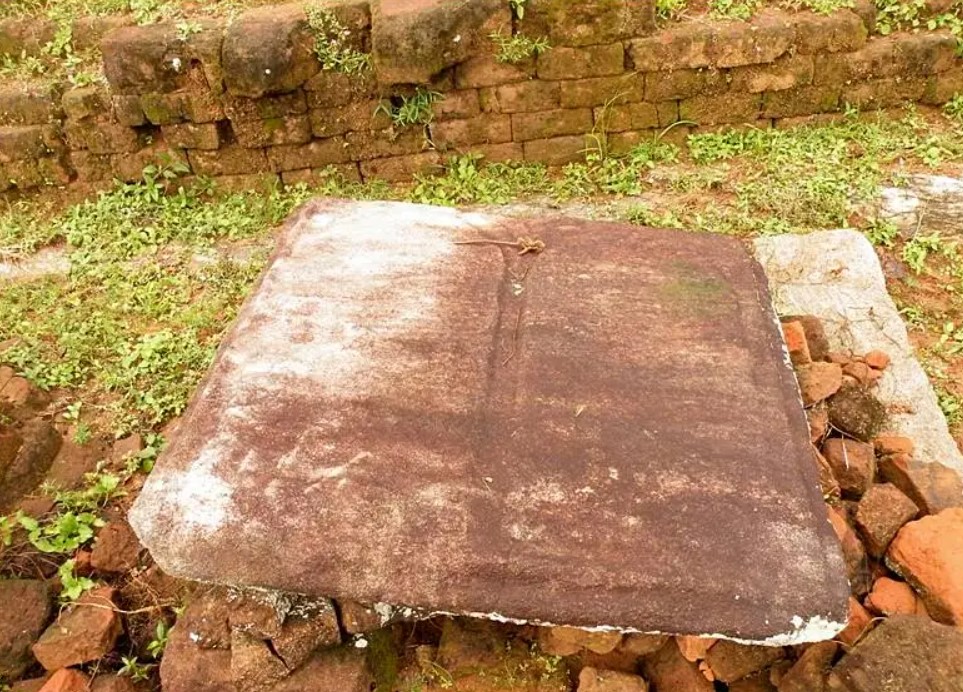
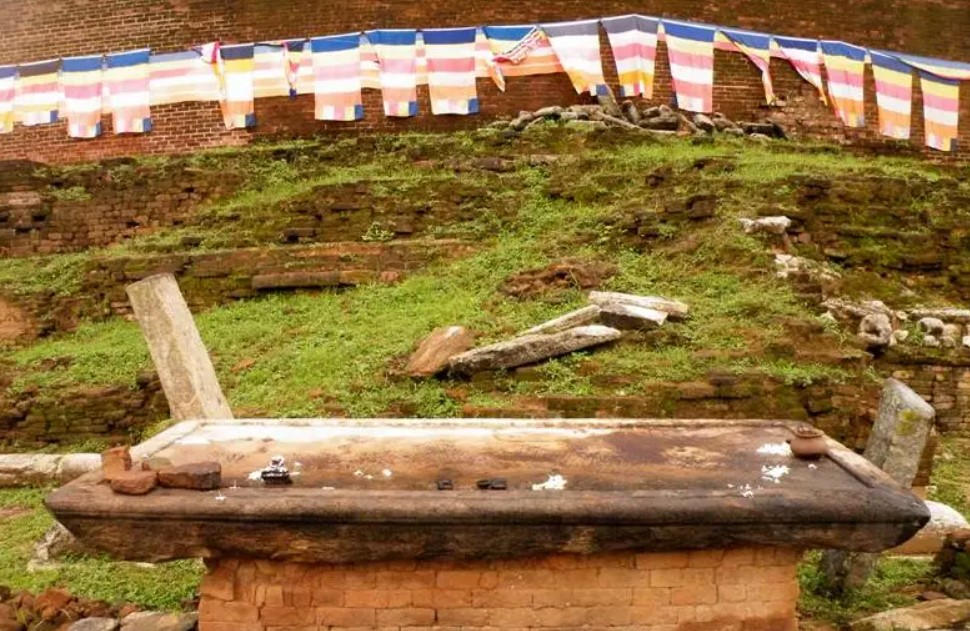
The annual Deegavapi pilgrimage attracts thousands of Buddhists from across the country to make offerings at the stupa and participate in religious ceremonies. The atmosphere of such events is one of serious veneration, consistent with the temple’s centuries-old history as a sanctuary for the soul.
In a broader context, Deegavapi is a symbol of strength, representing the uninterrupted continuation of Buddhist heritage in the face of centuries of war, invasion, and neglect. It is also becoming a symbol of cultural unity, as restoration and development of the temple are being carried out with the involvement of all communities in the area.
Deegavapi Rajamaha Viharaya is Sri Lanka’s most sacred and historically important Buddhist shrine. With its history tied to the very existence of the Buddha, its royal and monastic status, and its breathtaking archaeological remains, the temple is a national treasure. As restoration progresses, Deegavapi is not only reclaiming its lost glory but also inspiring a new generation of Sri Lankans to rediscover their spiritual and cultural heritage.
In a country where the past and present inevitably blend, Deegavapi remains an inspiring testament of survival, spirituality, and religious heritage unity.
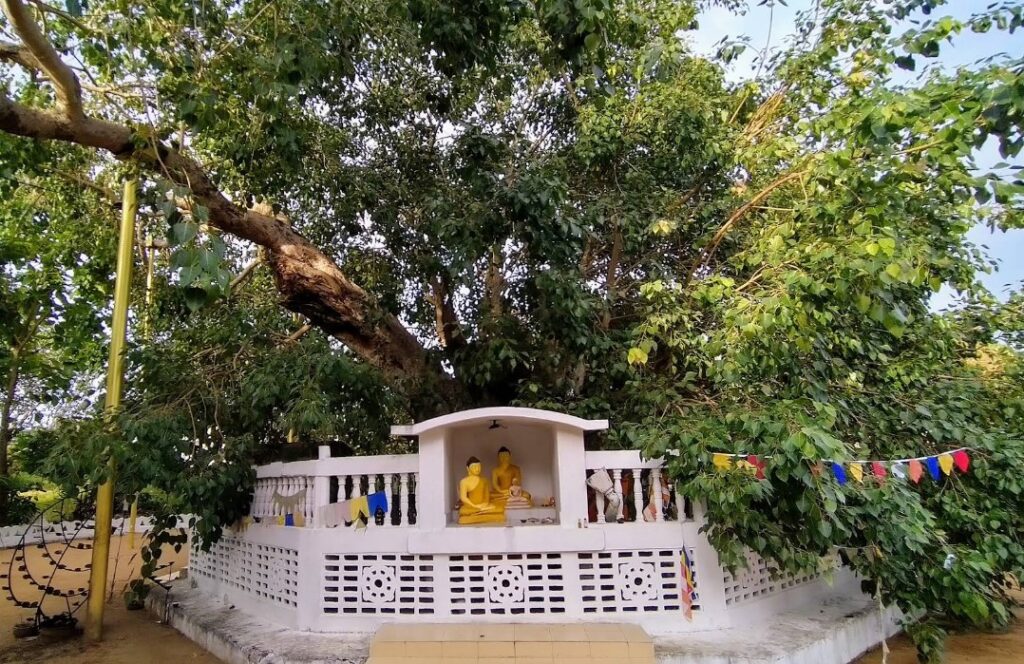
Ampara is the nearest main town to deegavapi. Take the Akkaraipatthu road from Ampara. It is about 18 km off Ampara town.
How To Go
Route 1 from Colombo to Deegavapi – Route 2 from Colombo to Deegavapi
Though : Awissawella – Rathnapura – Beragala – Wellawaya – Monaragala – Ampara distance : 350 km
Travel time : 7-8 hours
Driving directions : see on google map
Though : Kandy – Mahiyanganaya – Meegaswattha – Padiyathalawa – Maha Oya – Ampara
distance : 330 km
Travel time : 7-8 hours
Driving directions : see on google map
Route from Ampara to Deegavapi
distance : 20 km
Travel time : 30 minutes
Driving directions : view on google map
Contact Information
Address: 7QMP+V8V, Deeghavapi Temple Rd, Nintavur
Phone: 0633632531
District: Ampara
Map of Deegawapi Raja Maha Viharaya
